Join the VIP Teacher Club!
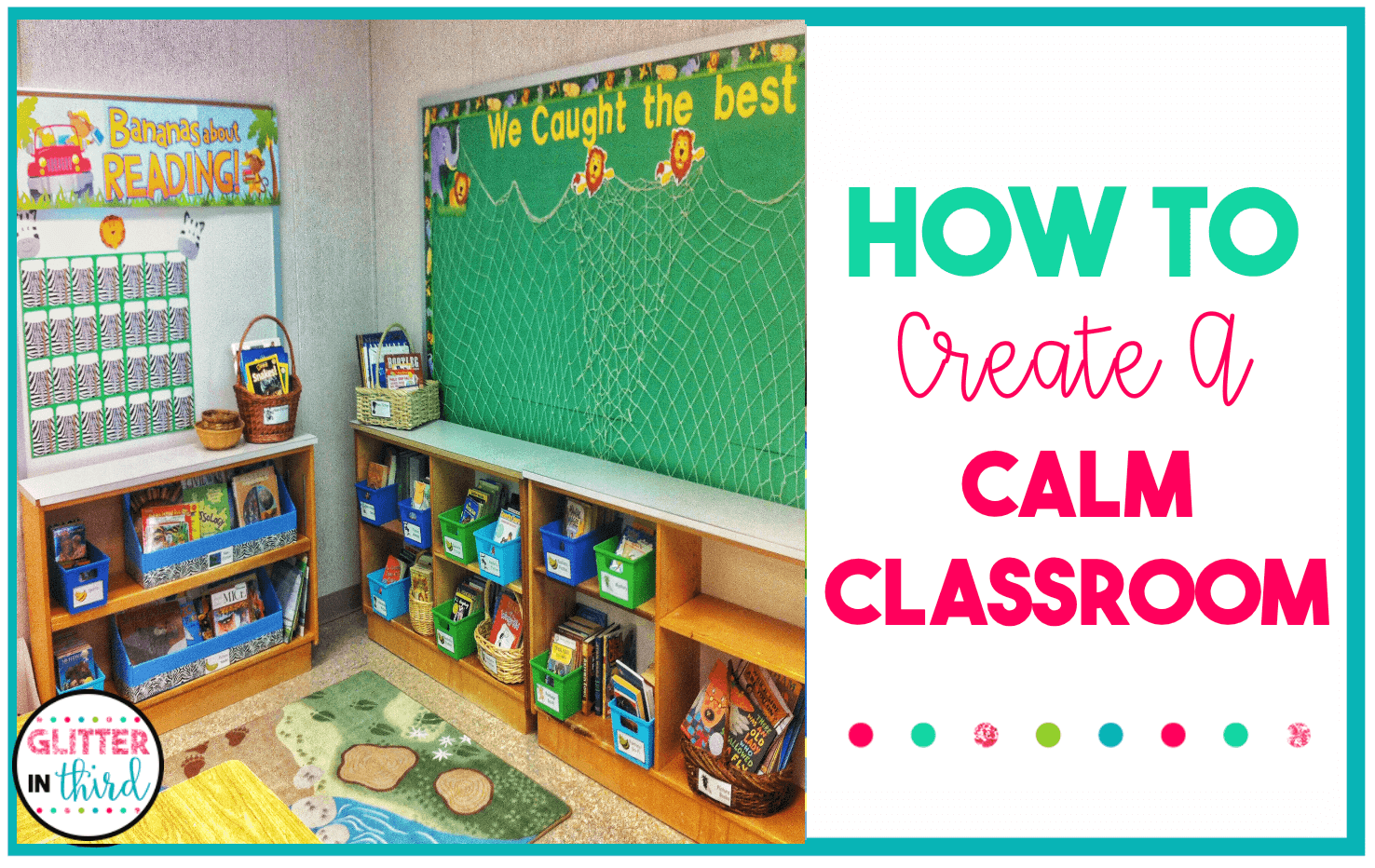
If you’ve ever ended the school day feeling like you ran a marathon before 10 a.m., you’re not alone. Trying to maintain a calm classroom while managing energy, behavior, and transitions—and actually teaching—can feel overwhelming, especially at the beginning of the year. But here’s the good news: creating a calm classroom doesn’t mean you have to be strict or silent. It means being intentional about your routines, your tone, and the way your classroom runs.
A calm classroom helps students feel secure, focused, and ready to learn—and it helps you feel more in control and less stressed. Below are some of the strategies I rely on to create a calm, connected classroom environment, starting with the very first minutes of the day.
The first few minutes of your school day set the tone. When students know exactly what to expect as soon as they walk in, it reduces anxiety and limits the kinds of behaviors that come from uncertainty or downtime.
Think about what your ideal morning looks like, and then break it down into steps that students can follow consistently:
The key is that every morning looks the same, no matter what. This predictability creates a feeling of safety and helps students shift into “school mode” more easily. You’ll spend less time redirecting and more time connecting.
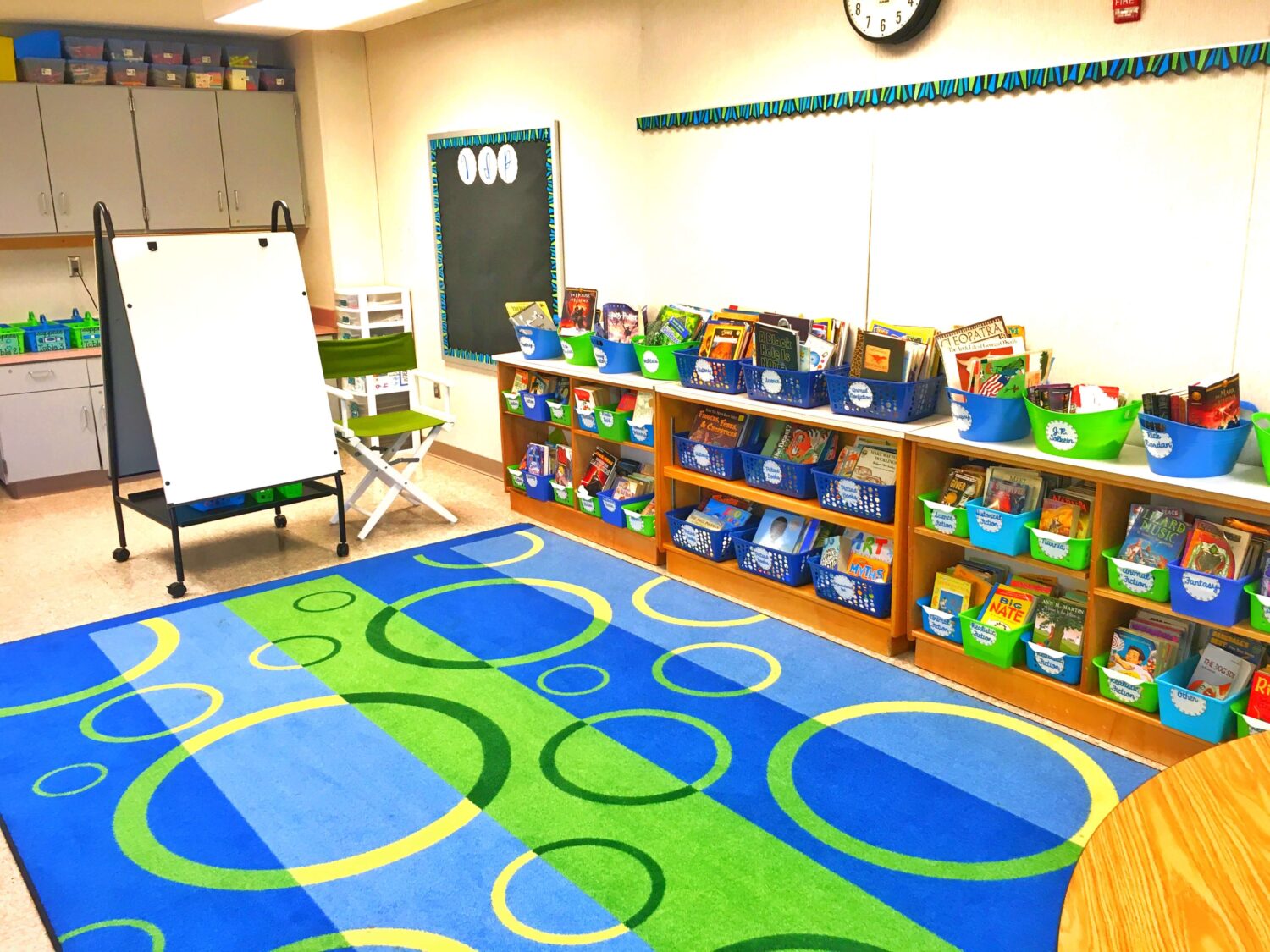
One of the most effective ways to build a calm classroom culture is through connection. When students feel like they belong, they’re more likely to follow expectations, treat each other kindly, and participate in learning. That’s where a daily Morning Meeting comes in.
First – let me say that the Responsive Classroom Morning Meeting handbook CHANGED MY TEACHING. I highly recommend grabbing it or finding it from the library (or taking the course!).
Morning Meeting gives every student a consistent opportunity to feel seen, heard, and part of the group. It doesn’t have to be long or complicated—just 10 to 15 minutes is enough to make a big impact. A simple format might look like:
Over time, this becomes one of the most valuable parts of the day. It helps students regulate their emotions, practice listening and speaking, and start the day on a positive note. And as a teacher, you gain insights into how your students are feeling and what they might need from you that day.
If you’re not sure where to begin or you’re tired of scrambling for ideas, I created a yearlong set of Morning Meeting Slides that makes this routine easy and consistent. Each slide includes a greeting, a discussion prompt, or a fun activity designed specifically for elementary students. I simply display one slide each morning, and we’re ready to start the day with connection and calm.
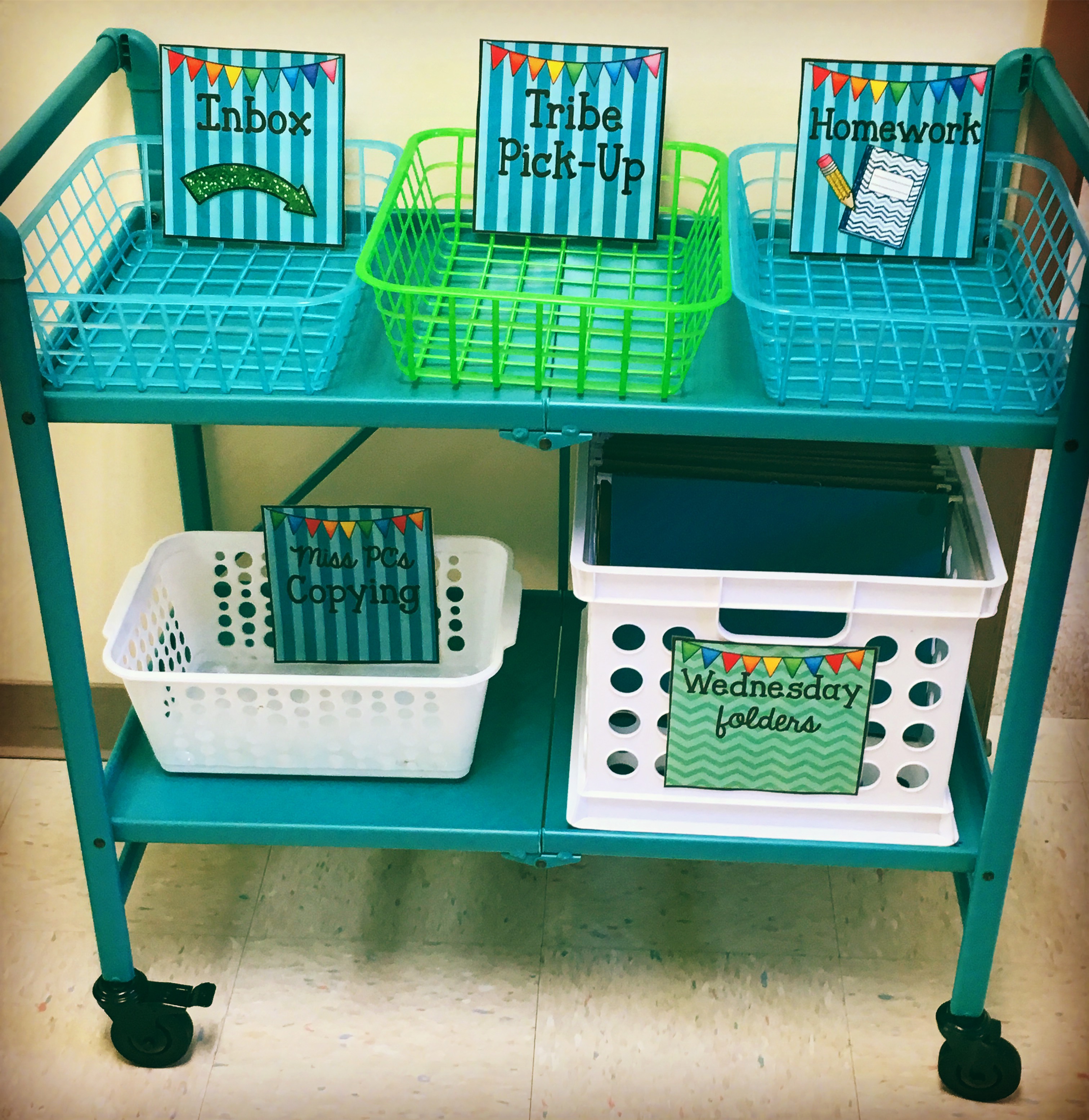
A calm classroom is built on clear expectations, but even more importantly—those expectations must be taught, modeled, and practiced regularly.
At the beginning of the year (and again after every long break), I take time to explicitly teach students how to do literally anything they’re expected to do in the classroom. If it’s something they’ll need to do, we talk about it, we model it, and we practice it together. Nothing is too small.
Here are just a few routines we break down:
The key is: don’t assume students already know how to do these things just because they’ve been in school before. Every classroom is different, and every group of students needs clear, repeated modeling to meet expectations confidently.
I don’t just tell students what I want—I show them. We talk about what it looks like, what it sounds like, and why it matters. Then we practice together. Calm doesn’t come from demanding compliance. It comes from giving students the tools to succeed—and the time to learn how.
Students feel calmer and more regulated when they feel heard. That’s why I intentionally build in moments during the day for students to share how they’re feeling, express their opinions, and connect with others.
This doesn’t have to take a long time. A quick share question during Morning Meeting like, “What’s one thing you’re looking forward to today?” or “What’s something you’re proud of from this week?” goes a long way. Over time, these small moments help students feel valued—and that reduces the need for attention-seeking behaviors later in the day.
These questions are built right into my Morning Meeting Slides, which makes it easy to provide a consistent space for student voice, even when things feel busy or unpredictable.
Just like your mornings matter, how you end the day matters too. A consistent closing routine helps students reflect, celebrate small wins, and leave school feeling grounded.
(I have a blog post all about Closing Circle HERE!)
One of my favorite end-of-day routines is Closing Circle. It doesn’t need to be elaborate—just a few quiet minutes to wrap up the day as a class. We gather together (usually back on the carpet), and I guide students through one or two quick prompts like:
Sometimes we do a quick shout-out or compliment circle. Other times, we just reflect quietly. Either way, it gives students space to reset and reflect, which helps reduce end-of-day tension and builds a stronger classroom community over time.
This kind of routine takes only 5–10 minutes, but it helps everyone—yourself included—end the day with a sense of closure and calm. And best of all? Dismissal becomes a quiet, smooth process. Instead of students packing up in a rush or getting off-task, they’re seated, calm, and ready—making the end of the day feel just as intentional as the start.
Creating a calm classroom isn’t a one-and-done task. It’s a culture that you build over time—with consistency, reflection, and grace for yourself and your students.
Some days will still feel loud or messy. That’s normal. But the more routines you put in place—and the more you prioritize connection and predictability—the more often you’ll find that your classroom runs smoothly, even when things get tough.
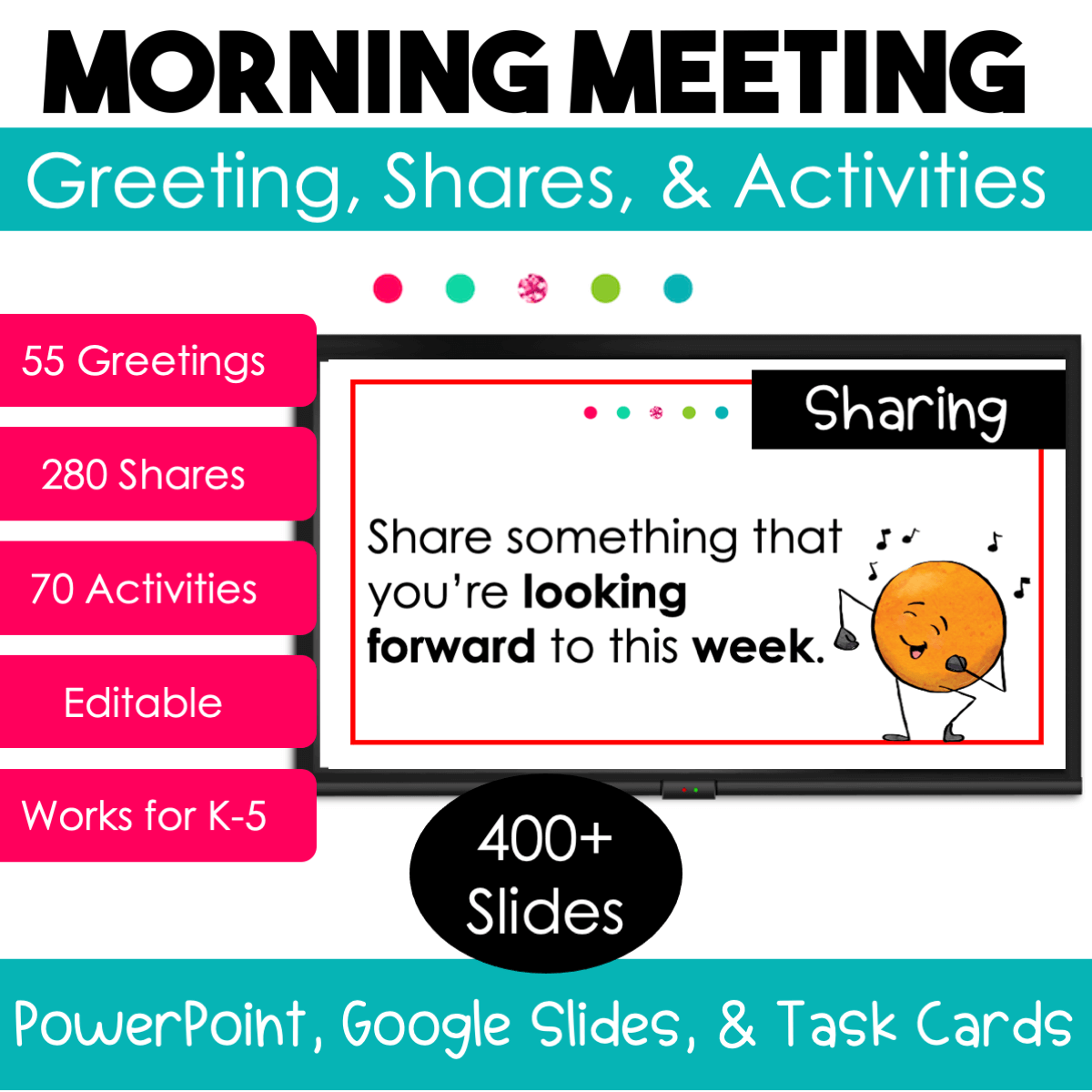
If you’re looking for a simple way to bring structure and connection into your daily routine, my Morning Meeting Slides can help. They’re ready to go for the entire year and include:
You can preview the Morning Meeting Slides HERE.
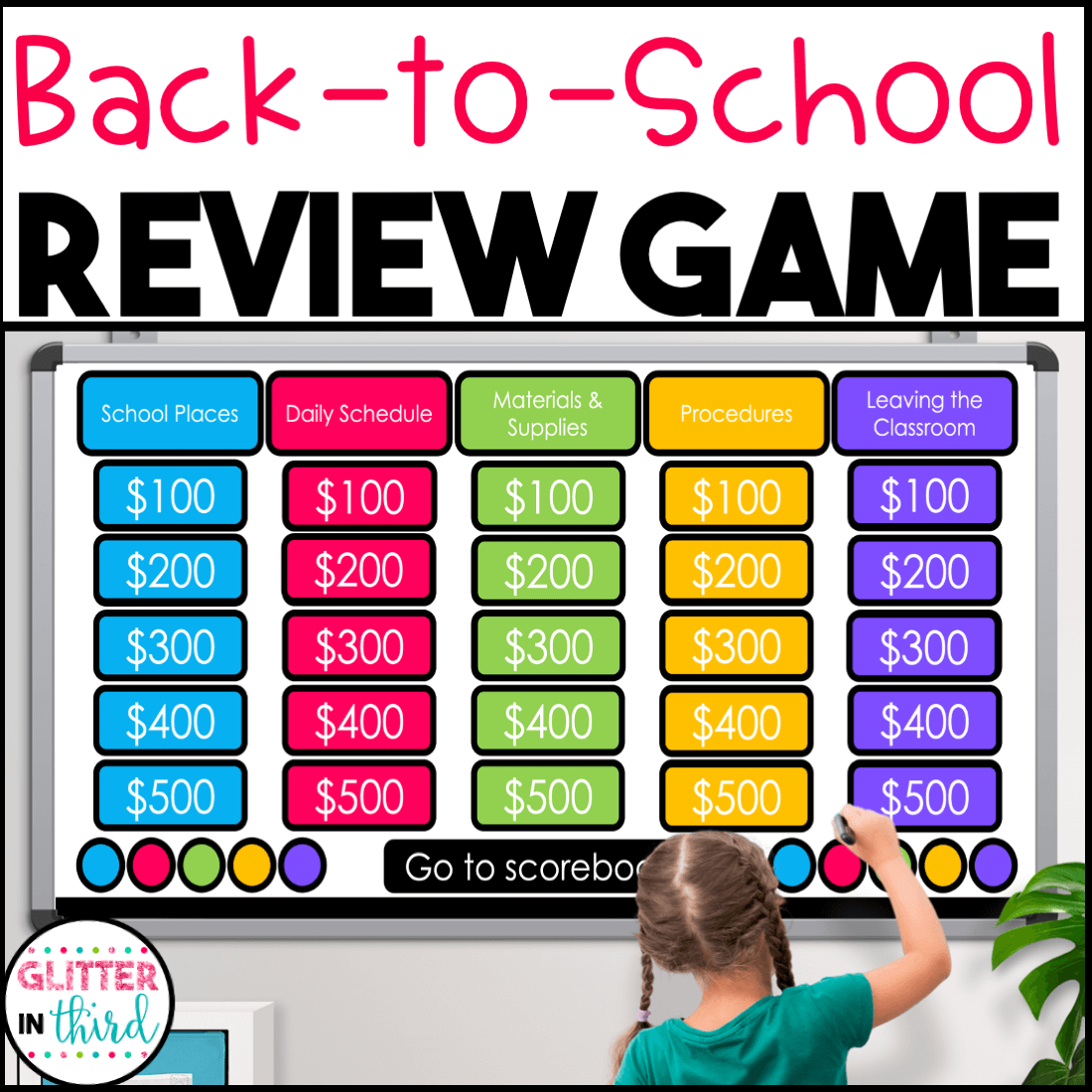
This free Back to School Jeopardy game is the perfect way to review your classroom routines and procedures during the 2nd or 3rd week of school—right when students need a refresher. It’s editable, fun, and gets your class engaged while reinforcing expectations in a low-stress way.
Whether you’re reviewing how to line up, where to turn in work, or what your voice level should be during transitions, this game turns reminders into something students actually look forward to.
???? Grab your free copy by entering your email below!
It’ll be sent straight to your inbox and ready to use right away.
A calm classroom doesn’t happen by chance—it’s something you build intentionally through consistent routines, clear expectations, and meaningful connection. Whether it’s how your students enter the room, transition between subjects, or reflect at the end of the day, every moment is an opportunity to create a classroom culture that feels safe, structured, and supportive.
You don’t need to overhaul everything at once. Start with one piece—like a simple morning meeting or a clearly taught routine—and build from there. The more predictability and connection you create, the more calm your classroom will feel for both you and your students.
If you’re ready to simplify your morning routine and build community from day one, my Morning Meeting Slides are a great place to start. With ready-to-go prompts, greetings, and activities, they make it easy to start each day with intention and positivity.

Hey there, I’m Kelly! I I love helping teachers save time with technology and resources so they have more hours in the day to spend with family and friends. Take a look around to find new ideas that you can implement in your classroom today!